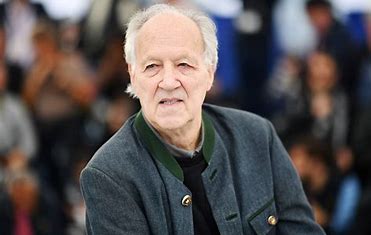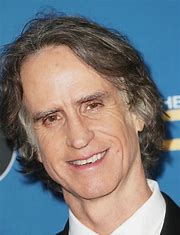Introduction
Joachim Trier is a Norwegian filmmaker who has made a name for himself in the international film scene with his unique and thought-provoking films. He started his career with the Oslo Trilogy, which comprised of three films: Reprise, Oslo, August 31st, and Louder Than Bombs. Since then, he has gone on to direct several critically acclaimed films, including Thelma and The Worst Person in the World. In this blog post, we will explore the works of Joachim Trier and delve into his filmmaking style and techniques.
Joachim Trier’s Early Works

The Oslo Trilogy
Joachim Trier’s first feature film, Reprise, was released in 2006 and marked the beginning of the Oslo Trilogy. The film follows the lives of two aspiring writers and their struggles to get their work published. Trier’s use of non-linear storytelling and quick editing techniques made Reprise a critical success and established him as a promising new talent in the Norwegian film industry.
The second film in the trilogy, Oslo, August 31st, was released in 2011 and tells the story of a recovering drug addict who spends a day in Oslo before his job interview. The film deals with themes of addiction, depression, and isolation, and features a powerful performance by Anders Danielsen Lie. Trier’s use of long takes and naturalistic acting creates a sense of intimacy and realism that makes the film all the more compelling.
Joachim Trier’s Later Works
Louder Than Bombs
Louder Than Bombs, released in 2015, marked Joachim Trier’s first English-language film and starred Jesse Eisenberg, Gabriel Byrne, and Isabelle Huppert. The film tells the story of a family dealing with the aftermath of their mother’s death, and explores themes of grief, memory, and family dynamics. Trier’s use of flashbacks and dream sequences creates a sense of disorientation that mirrors the characters’ emotional states.
The Worst Person in the World
The Worst Person in the World, released in 2021, is Joachim Trier’s latest film and has been hailed as his best work yet. The film follows the life of a young woman named Julie as she navigates her way through love, career, and personal growth. Trier’s use of music and sound design is particularly noteworthy in this film, with several scenes featuring memorable and impactful soundscapes.
Conclusion
Joachim Trier is a filmmaker who is constantly pushing the boundaries of storytelling and filmmaking techniques. His works are characterized by their emotional depth, naturalistic acting, and innovative use of sound and music. Whether you’re a fan of his early works, such as the Oslo Trilogy, or his more recent films, such as The Worst Person in the World, there’s no denying that Joachim Trier is a talent to watch in the world of cinema.


